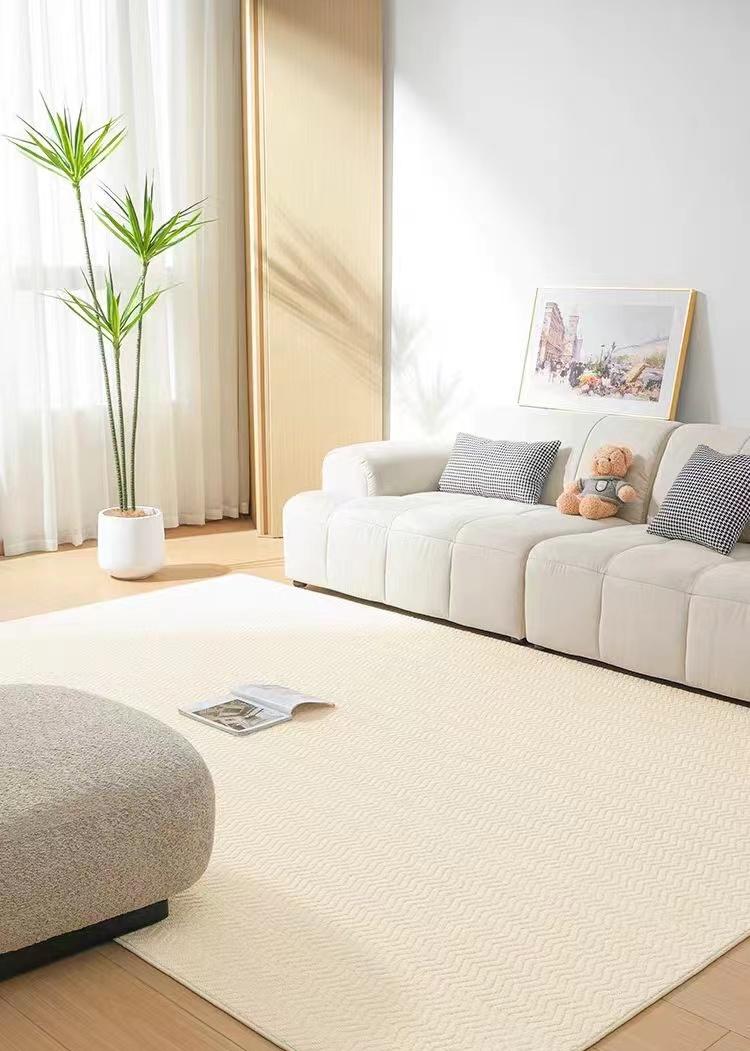Traditional rugs are more than mere decorative items; they are a tapestry of culture, history, and artistry. Each region boasts its own unique styles and patterns, reflecting the heritage and traditions of its people. In this article, we will delve into the cultural significance of traditional rugs, exploring various regional styles and their meanings.

Understanding Traditional Rugs
What exactly are traditional rugs? These handcrafted textiles are typically made using age-old techniques passed down through generations. They often feature intricate designs and vibrant colors, which can tell stories about the weaver's community, beliefs, and environment. For instance, a Persian rug may showcase floral motifs, symbolizing paradise, while a Navajo rug might incorporate geometric patterns that represent the natural world.
Regional Styles of Traditional Rugs
- Persian Rugs: Known for their elaborate designs and rich colors, Persian rugs often depict intricate floral patterns and medallions. They are a testament to the craftsmanship of Iranian artisans.
- Navajo Rugs: Characterized by bold geometric patterns, these rugs are deeply rooted in Native American culture. They often reflect the landscape and spiritual beliefs of the Navajo people.
- Turkish Rugs: Featuring vibrant colors and unique motifs, Turkish rugs often incorporate symbolism related to the Ottoman Empire and Islamic art.
- Afghan Rugs: These rugs are known for their tribal designs and rich colors, often made by nomadic tribes. They reflect the diverse cultures within Afghanistan.
The Artistry Behind Traditional Rugs
The creation of traditional rugs is an art form that requires skill, patience, and creativity. Each piece is often woven by hand, which can take months or even years to complete. The choice of materials, such as wool or silk, plays a crucial role in the final product's quality and durability. Additionally, the dyeing process, often using natural dyes, contributes to the rug's unique character.
Preserving Cultural Heritage
Why are traditional rugs important in preserving cultural heritage? They serve as a visual representation of a community's identity and history. By showcasing traditional rugs in homes or public spaces, individuals can celebrate their cultural roots and share their stories with others. Furthermore, the global appreciation for these textiles encourages artisans to continue their craft, ensuring that these traditions are passed down to future generations.
Investing in Traditional Rugs
If you are considering adding a traditional rug to your home, it is essential to choose one that resonates with you personally. Look for pieces that reflect your style and values. Investing in a traditional rug not only enhances your living space but also supports artisans and their communities. For a curated selection of exquisite traditional rugs, visit .
Conclusion
In conclusion, traditional rugs are a beautiful blend of artistry, culture, and history. By exploring their regional styles and patterns, we gain a deeper appreciation for the craftsmanship involved and the stories they tell. Whether you are a collector or simply an admirer, understanding the cultural significance of traditional rugs enriches our connection to these remarkable pieces of art.








